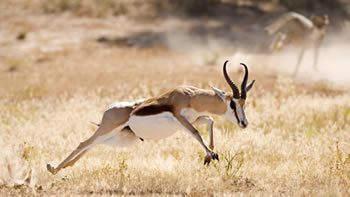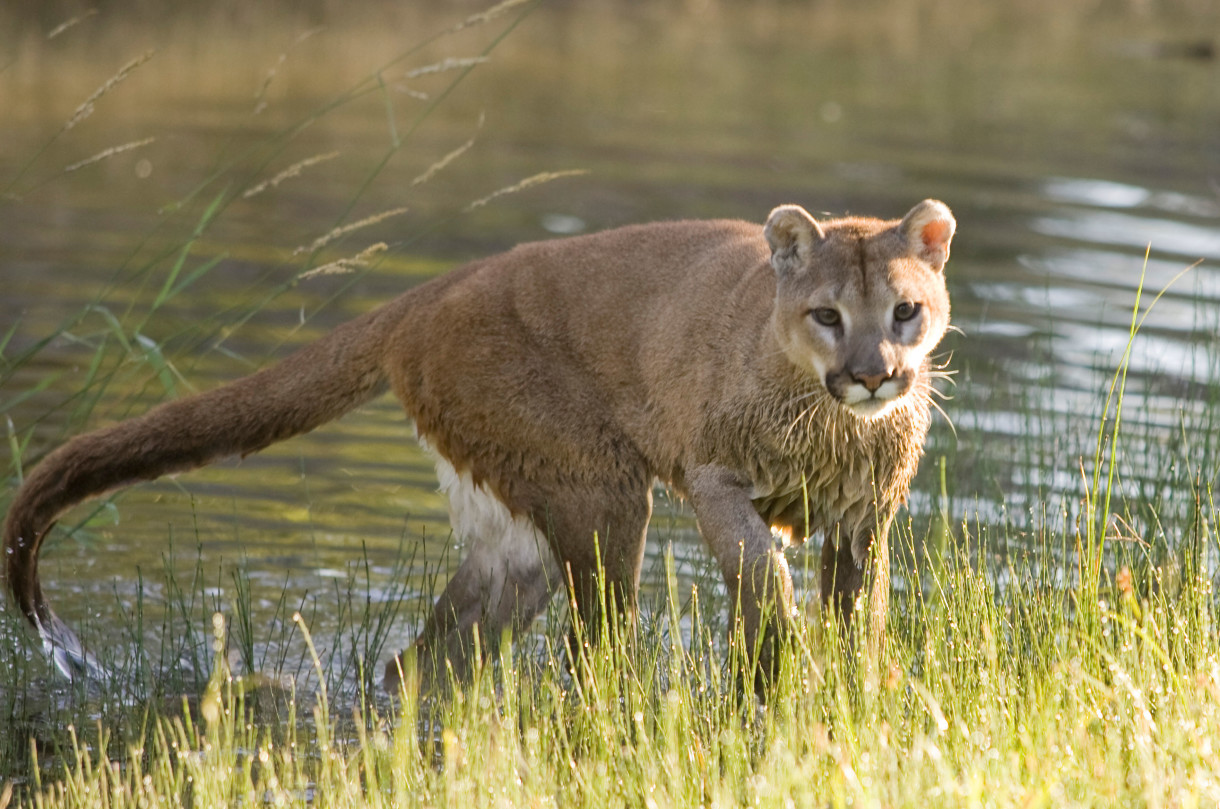

Even big predators like jaguars, snow leopards, and pumas mostly attack small targets. Although we intuitively think about lions and tigers bringing down big game, most of the prey species on Wolf and Ripple’s list were small creatures that weighed less than 10 kilograms. “We found that just 7 percent of prey ranges overlapped with protected areas.” Expanding and strengthening those areas will ensure that the world’s top carnivores have enough flesh to eat.Īnd for most of them, that flesh comes in small packages. “It’s a simple concept but it just hasn’t had the same level of emphasis,” adds Ripple. Conservationists will need to turn their attentions to measures that protect both the predators and a large number of their prey. Their results show that for many carnivores, it’s not enough to just focus on hunting, poaching, and other direct threats to their lives. “Before this paper, there had been some focus on prey depletion but it hadn’t been seen as a major issue,” says Wolf. That’s perhaps surprising given that leopards are known for being flexible hunters, but their catholic tastes don’t matter when so many of their potential targets are in trouble. Once again, the two clouded leopards, tiger, and dhole top the list, with the leopard in fifth place. Most of these hunters are also dining from dwindling menus, with large proportions of their prey in decline. “The level of threat their prey was facing was surprising to us,” says Wolf. Large proportions of their prey are threatened, ranging from 40 percent for the Ethiopian wolf to 60 percent for the clouded leopard. He then worked out which animals each hunter eats, and assessed the status of each victim.įor five of the seventeen predators-clouded leopard, Sunda clouded leopard, tiger, dhole (a wild Asian dog), and Ethiopian wolf-the results were grim. He focused on the 17 largest land carnivores, particularly those that get more than 70 of their diet from meat.

So, Ripple’s PhD student, Christopher Wolf, began gathering data. “Without conservation of the prey, we cannot have conservation of carnivores,” says Ripple. If their food is endangered, they will be too. But as Ripple worked on his review, he realised that we also harm large carnivores in a way that’s totally obvious and yet largely neglected: we threaten their prey. We hunt them for fur, trophies, and pseudo-medicine. There are many obvious reasons for that peril. “They are some of the world’s most admired mammals and, ironically, some of the most imperilled,” the team wrote. They found that 24 of these animals are in decline, and 17 have been confined to less than half of their original ranges. Last year, he and his colleagues reviewed the status of the planet’s 31 largest carnivores-a list that includes lions, tigers, and bears, but also sea otters, dingoes, and lynxes.

Ripple, an ecologist at Oregon State University who has been studying gray wolves, cougars, and other top predators for decades. This is a story about large predators and cascading consequences, featuring two scientists named Wolf and Ripple, because sometimes life just hands you treats like that.


 0 kommentar(er)
0 kommentar(er)
